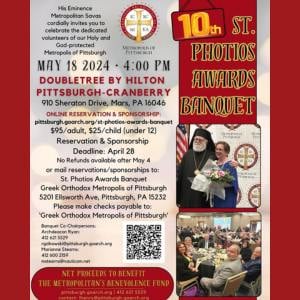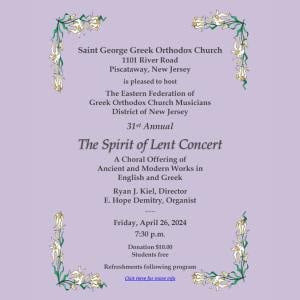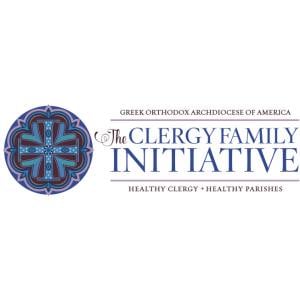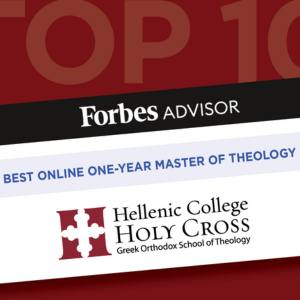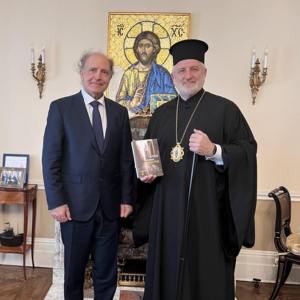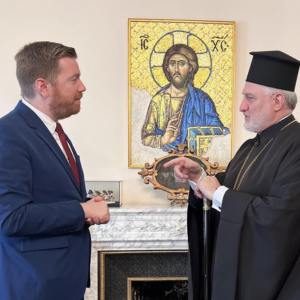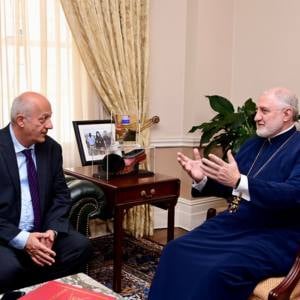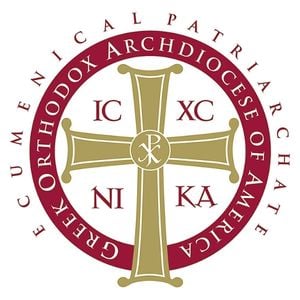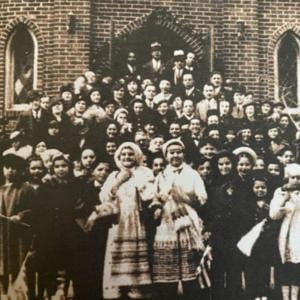Remarks by Dr. Elizabeth H. Prodromou,
Member of the Academic Advisory Council of the Museum of the Bible,
At the Official Repatriation of Event of Gospel Manuscript 220
Panagia Eikosifoinissa Patriarchal and Stavropegial Monastery
Drama, Greece
Thursday, 29 September 2022
Your Eminence Archbishop Elpidophoros, Representative of His All-Holiness Ecumenical Patriarch Bartholomew
Your Eminence Metropolitan Panteleimonas of Xanthi
Venerable Abbess Antonini of Eikosifoinissa
Honorable Dignitaries of the Hellenic Republic
Venerable Eminences, Fathers
Dearest Friends and Colleagues from the Museum of the Bible, Steve Green, Jeff Kloha, Brian Hyland
Good evening. I begin with heartfelt thanks for the gracious hospitality in welcoming us from the United States, as we arrive to the Holy Patriarchal and Stravropegial Monastery of Theotokos Eikosifoinissa. We have come from our journey in Constantinople, the Queen of Cities, where we received the blessing and inspiration of His All-Holiness Ecumenical Patriarch Bartholomew for the event that brings us together here this evening: the return of the Theotokos Eikosiphoinissa Gospel Manuscript 220. The details of the return of this manuscript are known to all here, but two points deserve special emphasis.
First and foremost, we come here because of the Museum of the Bible in Washington, DC, and more specifically, as a consequence of the vision and generosity of Museum President Steve Green and his family. The Green family’s founding and building of a museum whose mission is to invite all people to engage with the transformative power of the Bible is a gift to America’s capital city, to the entire United States, and to the world. As part of their vision and active commitment to service, the Eikosifoinissa Gospel manuscript is being brought home, reunited with the vibrant monastic community that honors, protects, and shares this manuscript and that shares the living messages of the Gospel with all humankind.
Second, we are here because of the vision and commitment of His All-Holiness Ecumenical Patriarch Bartholomew. His All-Holiness welcomed my request in January 2019 that, as a member of the Museum of the Bible’s Academic Advisory Council, I could bring Museum leadership to Constantinople, in order for them to see first-hand the realities of Byzantium and Orthodoxy Christianity in its historic lands. That visit was the start of a relationship that has flourished into a Memorandum of Understanding and a fruitful partnership between the Ecumenical Patriarchate and the Museum. One of the rich fruits of that partnership is the discovery and return of the Eikosifoinissa Gospel Manuscript 220.
The 27 lines that make up this Gospel manuscript are part of the cultural heritage of Orthodox Christianity. The return of the manuscript to the monastery today is a powerful message about the urgency of protecting the cumulative memory of Christian heritage, as well as the collective memory of the Greek Orthodox experience.
The return of the Gospel manuscript is also an indisputable message about the responsibility that lies with all of us—states, museums, collectors, religious communities, and each and every one us as individuals—to protect and to celebrate religious and cultural heritage.
The Ecumenical Patriarchate and this monastery are exemplars who show that the rich Christian heritage of Orthodoxy, with its Gospel message of hope for salvation through the freedom and redemption of Incarnate Love, is a heritage to be shared with all humankind. The Museum’s restoration of the Eikosifoinissa Gospel reflects that very same understanding and commitment.
In closing, let me say that it is especially moving that this Gospel manuscript homecoming is occurring in September, a month that is laden with continuous tragedy and loss, whether in 1922 or 1955 for the Ecumenical Patriarchate, or in 1941 for the Monastery and Drama, all part of the lived experience of Greek Orthodox Christians.
In this sense, the return of the Eikosifoinissa Gospel manuscript during this month of September is an event of recovery, healing, and hope!
Finally, as an Orthodox Christian woman, there is special meaning in being part of the Museum’s team that returns this manuscript to a Patriarchal Stavropegial Monastery that is a women’s monastery, under the loving care and pastoral shephardship of Abbess Antonini. Every dimension of this event, therefore, today speaks to the ecclesial and pastoral fullness of the Church and to its Gospel message that we are all created in the image of Christ.
I offer my humblest thanks to all who host us here today and to all who made it possible for this Gospel manuscript to come home.
Finally, I hope that your footsteps will bring you to us at the Museum of the Bible in Washington, DC, in the mission of sharing the Bible with all peoples of this world.
Thank you.

Gospel Manuscript 220.


